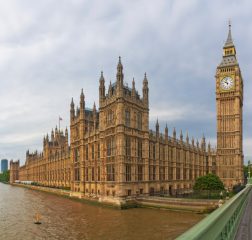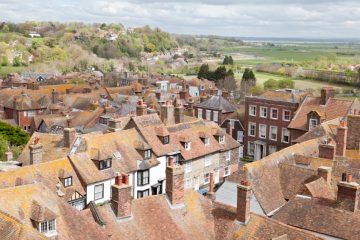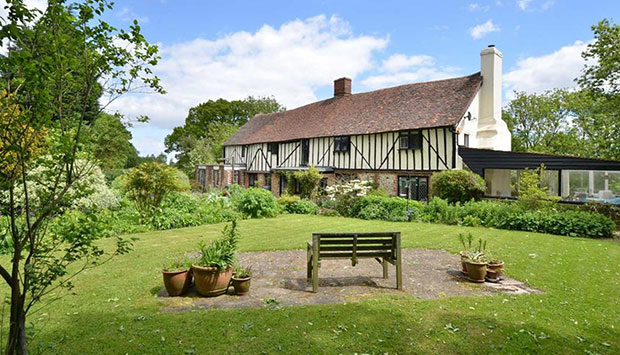House of Lords Rejects Smoke Alarm Law with Just 3 Weeks to Go
New legislation on the installation of smoke and carbon monoxide alarms in private rental properties has been rejected by the House of Lords, with just three weeks to go before its enforcement.
The requirement was for alarms to be installed in almost all private rental homes by the end of this month.
However, the draft regulations have not been approved by Parliament, and yesterday, the House of Lords rejected them and demanded a debate.
Peers argued that the Government has not done enough to inform landlords and letting agents of the requirement, and that the legislation is poorly worded.
However, landlords and agents should be aware that the legislation could still be implemented on 1st October this year.
Just days ago, the Government rushed out a guide to the requirement, despite it not going through Parliament yet.
Currently, the rules would require at least one smoke alarm on every storey of the property.
The draft regulations state that there will be no grace period and landlords breaching the legislation could be fined up to £5,000.
Now, it is unclear whether the requirement will be enforced from 1st October and if so, whether landlords and their agents will be given more than a few days’ notice to comply. The regulations may even be changed.
Yesterday, the British Property Federation (BPF) criticised the “Government’s disorganisation and lack of clarity.”1
Additionally, it complained of a lack of consultation.
If the draft regulations do not change, landlords or their agents are required to fit a working smoke alarm on each floor of their rental property. A carbon monoxide alarm must also be fitted in any room where solid fuel is used.
The requirement covers properties with existing and new tenancies.
Landlords or their agents will be responsible for ensuring the alarms work at the start of the tenancy. Tenants are then responsible for looking after them.
Houses in Multiple Occupation (HMOs) are exempt from the rules, as they have their own regulations on alarms. Properties owned by social landlords are also exempt.
Local authorities will enforce the legislation, requiring landlords to fit alarms within 28 days.
The Government’s guide can be accessed here: https://www.gov.uk/government/publications/smoke-and-carbon-monoxide-alarms-explanatory-booklet-for-landlords










